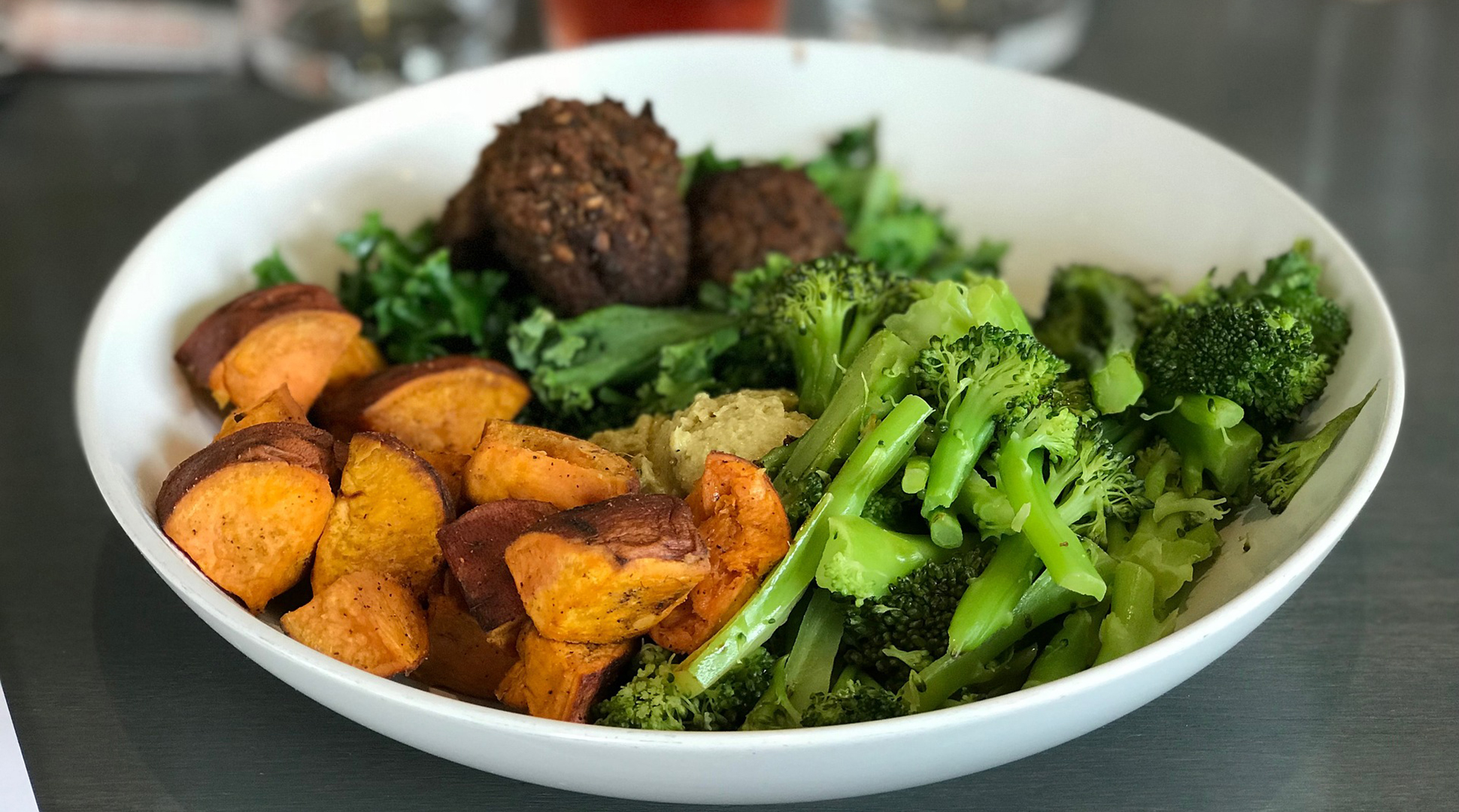By Alysa Leier
A few years ago, when I was pregnant with my first child, I decided I was going to be the healthiest mom-to-be around. I grabbed a bunch of books from famous people (note, not books by famous “nutritionists” or “food scientists”) and dove in. When I surfaced, I was shocked! Both by what I had read and by some of the outright misinformation given.
Eight years later, the misinforming and fear mongering movement is thriving! People are continuously outraged by the latest scare tactic relating to food, and we are continuously bombarded with incorrect or partially correct information about food and food sources.
Back then, I read that my “naturally” flavored vanilla yogurt might be flavored with something extracted from a beaver’s butt! Um…no thanks. Before that, in 2006, Japanese researcher Mayu Yamamoto figured out how to extract vanillin (the chemical that makes vanilla taste like vanilla) from cow poop. She won an award for that.
Most recently, LaCroix (you have to know them: they sell that “flavored” sparkling water that graced the Instagrams of all the health conscious and hipster people all summer long), is being sued for allegedly using synthetic flavorings in their “all-natural” product. Spoiler alert: they are using natural flavorings according to the FDA definition:
"Natural flavor is the essential oil, oleoresin, essence or extractive, protein hydrolysate, distillate, or any product of roasting, heating or enzymolysis, which contains the flavoring constituents derived from a spice, fruit or fruit juice, vegetable or vegetable juice, edible yeast, herb, bark, bud, root, leaf or similar plant material, meat, seafood, poultry, eggs, dairy products, or fermentation products thereof, whose significant function in food is flavoring rather than nutritional.”
What is interesting to me is that there can be as many chemicals in a natural flavor as its artificial counterpart. For example, the number of chemical ingredients used to make artificial strawberry flavoring in a fast food strawberry shake is close to the number of chemicals in a fresh strawberry. But don’t worry either way! According to Gary Reineccius, co-director of the Food Science and Nutrition Department at the University of Minnesota, “When a flavorist creates a flavor from scratch it can be guaranteed that every component of the flavor has been safety-tested and verifiably approved for consumption.”
Really though, as with everything: eat a balanced diet, get some exercise, and do your own food research, from a scientific source. Google isn’t always the answer.
